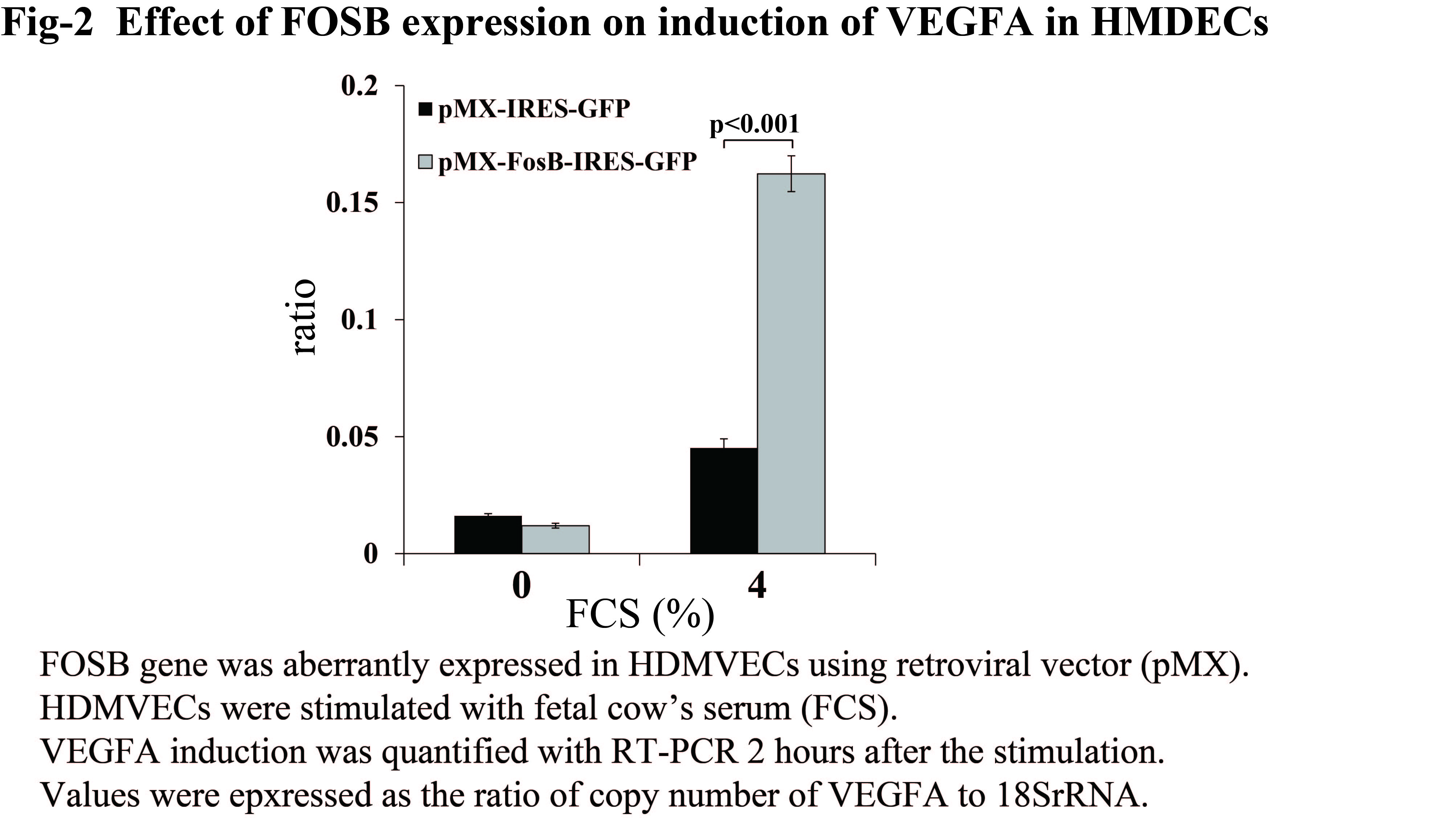Session Information
Date: Sunday, November 5, 2017
Session Type: ACR Poster Session A
Session Time: 9:00AM-11:00AM
Background/Purpose: Digital ulcers (DUs) are the most common skin manifestations in systemic sclerosis (SSc). DUs in SSc are not usually caused by vasculitis and are often refractory to conventional immunosuppressive therapies. Extracorporeal shock wave therapy (ESWT) has been used to treat urinary stones since 1980s. The therapy has also been applied to treat various diseases such as chronic tendinopathy, ischemic heart disease, and wound healing disorders. Previously, we reported that the low energy ESWT dramatically improved refractory DUs in SSc (Saito et.al. Tohoku J. Exp. Med. 238:19, 2016). Because ESWT was applied on palms and forearms distant from DUs, we considered that the healing effect of ESWT on DUs may be due to enhanced angiogenesis via some angiogenic factors rather than a direct physical stimulus on ulcers. However, the precise molecular mechanism remains unknown. In this study, we tried to clarify the molecular basis of shock wave (SW) treatment on dermal endothelial cells using in vitro SW treatment system. We found that FBJ murine osteosarcoma viral oncogene homolog B (FOSB), which is a component of multipotent transcriptional factor AP-1, was prominently increased after SW treatment. We also examined the functional consequence of FOSB on angiogenesis.
Methods: (1) Human Dermal Microvascular Endothelial Cells (HDMECs) were cultured on a cover glass with 2.5% agarose gel (Fig-1) and treated with SW. RNA was extracted from HDMECs 2 h after SW treatment, and gene expression profiling was analyzed using microarray (Agilent). (2) FOSB expression after SW treatment was measured using RT-PCR. (3) FOSB-expressing HDMECs were stimulated with serum, and vascular growth factor A (VEGFA) induction was evaluated using RT-PCR.
Results: In the culture system shown in Fig-1, HDMECs were stable without any significant detachment or death of cells after SW treatment. The microarray analysis revealed that FOSB gene expression level was significantly elevated (>10-fold, p < 0.05) after SW treatment in three independent experiments. In RT-PCR analysis, FOSB gene expression level was also increased in proportion to SW energy at 1 h after the treatment. Aberrant expression of FOSB in HDMECs increased VEGFA induction by stimulation with serum (Fig-2)
Conclusion: SW treatment elevated FOSB gene expression in HDMECs, which directly led to increased sensitivity for VEGFA induction, suggesting that FOSB may be a master regulator responsible for the angiogenic effect of ESWT. This finding may help in the development of more effective strategies using ESWT for DUs in SSc.
To cite this abstract in AMA style:
Kamogawa Y, Fujii H, Shirai T, Ishii T, Harigae H. Molecular Mechanism for the Therapeutic Effect of Extracorporeal Shock Wave Therapy on Digital Ulcers of Systemic Sclerosis [abstract]. Arthritis Rheumatol. 2017; 69 (suppl 10). https://acrabstracts.org/abstract/molecular-mechanism-for-the-therapeutic-effect-of-extracorporeal-shock-wave-therapy-on-digital-ulcers-of-systemic-sclerosis/. Accessed .« Back to 2017 ACR/ARHP Annual Meeting
ACR Meeting Abstracts - https://acrabstracts.org/abstract/molecular-mechanism-for-the-therapeutic-effect-of-extracorporeal-shock-wave-therapy-on-digital-ulcers-of-systemic-sclerosis/


